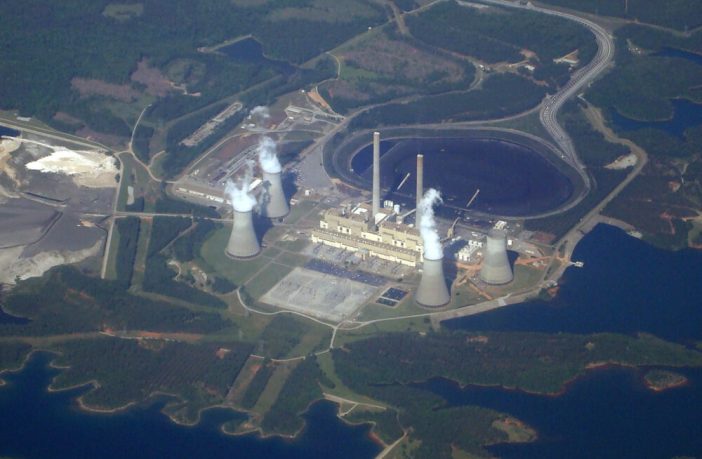- Operators have scheduled 14.9 gigawatts (GW) of electric generating capacity to retire in the United States during 2022, according to our latest inventory of electric generators.
- The majority of the scheduled retirements are coal-fired power plants (85%), followed by natural gas (8%) and nuclear (5%).
Coal. After substantial retirements of U.S. coal-fired electric generating capacity from 2015 to 2020 that averaged 11.0 GW a year, coal capacity retirements slowed to 4.6 GW in 2021. However, we expect retirement of coal-fired generators to increase again this year; 12.6 GW of coal capacity is scheduled to retire in 2022, or 6% of the coal-fired generating capacity that was operating at the end of 2021.
Most of the plants making up the operating U.S. coal fleet were built in the 1970s and 1980s. U.S. coal plants are retiring as the coal fleet ages and as coal-fired generators face increasing competition from natural gas and renewables.
The largest coal power plant planning to retire in 2022 is the 1,305-megawatt (MW) William H. Zimmer plant in Ohio. Morgantown Generating Station in Maryland plans to retire its two coal-fired units (1,205 MW combined) in June, followed by two of the plant’s six smaller petroleum-fired units in September.
Natural gas. In 2022, 1.2 GW of U.S. natural gas-fired capacity is scheduled for retirement. The retiring natural gas capacity is made up of older steam and combustion turbine units, which are less efficient and smaller than many of the newer combined-cycle units.
The largest U.S. natural gas plant planning to retire in 2022 is the Meramec power plant in Missouri. Meramec, which has four generating units, was originally a coal-fired plant. Two of the plant’s generators were converted to use natural gas in 2016. These units, as well as the plant’s two coal-fired units, plan to retire in December 2022.
Nuclear. At 0.8 GW, nuclear capacity retirements represent 5% of expected retirements in 2022 and less than 1% of the operating U.S. nuclear fleet. The retiring nuclear capacity comes from one plant, the Palisades nuclear power facility in Michigan. The retirement of Palisades is a result of historically low natural gas prices, limited growth in electricity demand, and increasing competition from renewable energy.
A previous Today in Energy article describes the 46.1 GW of generating capacity that developers plan to bring online in 2022. Around 46% of that capacity will be solar PV.
Principal contributors: Elesia Fasching, Suparna Ray














